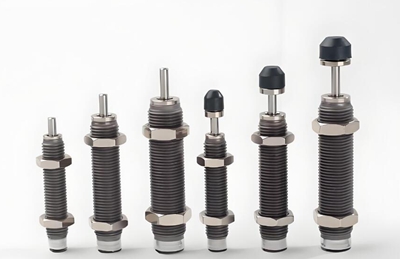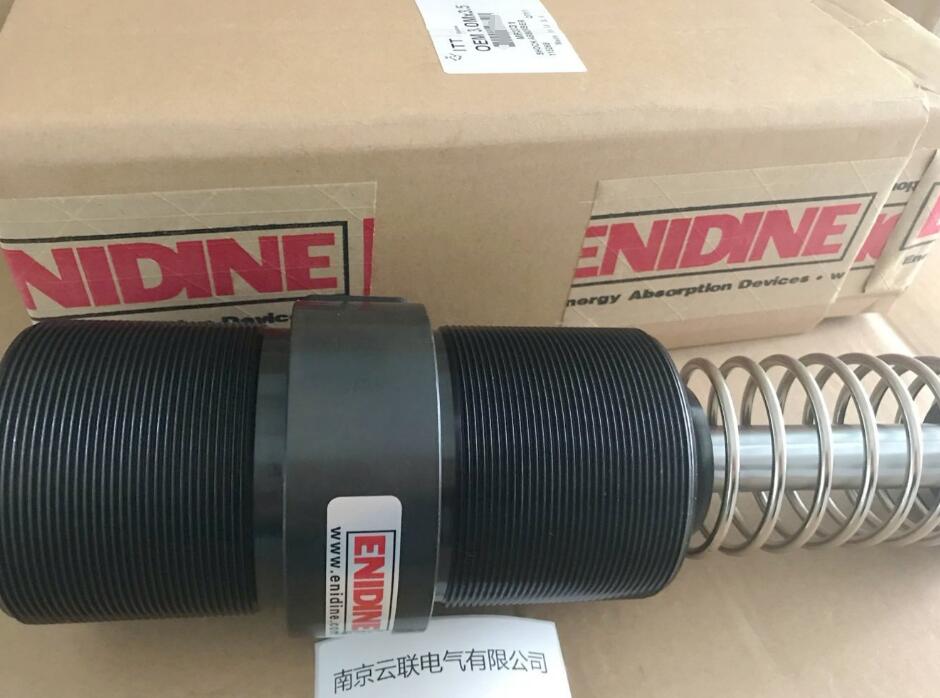Analysis of the Reasons for Industrial
Buffer Strike Without
Buffer
Industrial buffers play a crucial role in industrial production, as they can absorb and reduce the impact force during equipment operation, protect equipment from damage, and extend its service life. However, when industrial buffers go on strike without buffering, it can bring many problems to production.
Firstly, one common reason is that the
buffer regulating valve is in a fully open state. This will cause the buffer to fail to perform its normal throttling function, allowing hydraulic oil or other working media to flow freely and unable to generate sufficient damping force to mitigate the impact. For example, in some hydraulic systems, if the buffer regulating valve is not set correctly, when the moving parts of the equipment contact the buffer, hydraulic oil will quickly flow out from the annular gap between the piston and the top rod without gradually increasing resistance to achieve buffering.
Secondly, excessive inertia energy may also lead to buffer failure. When the moving parts of the device have a large mass and a fast motion speed, the inertial energy they possess will be significant. If the design of the buffer does not fully consider this situation and cannot absorb and consume this energy in a short period of time, the phenomenon of buffer failure will occur. For example, in some high-speed stamping equipment, the movement speed of the punch is very fast. If the energy absorption capacity of the buffer is insufficient, it is difficult to effectively buffer it.
In addition, a malfunction of the one-way valve inside the buffer can also affect its buffering function. The function of a one-way valve is to prevent the reverse flow of the working medium during the buffering process. If the one-way valve is fully open or the valve seat is not tightly closed, when the pressure in the buffering chamber increases, the working fluid will flow back from the chamber to the working pressure side, preventing the piston from decelerating and rendering the buffer ineffective.
In addition, damage to the seals on the piston is also an undeniable reason. The function of the seal is to prevent the leakage of the working medium and ensure that the pressure in the buffer chamber can be effectively established. When the seal is damaged, high-pressure working fluid will leak from the buffer chamber to other parts, causing the buffer chamber to be unable to form sufficient pressure to push the piston to move, thereby failing to achieve the buffering function.


